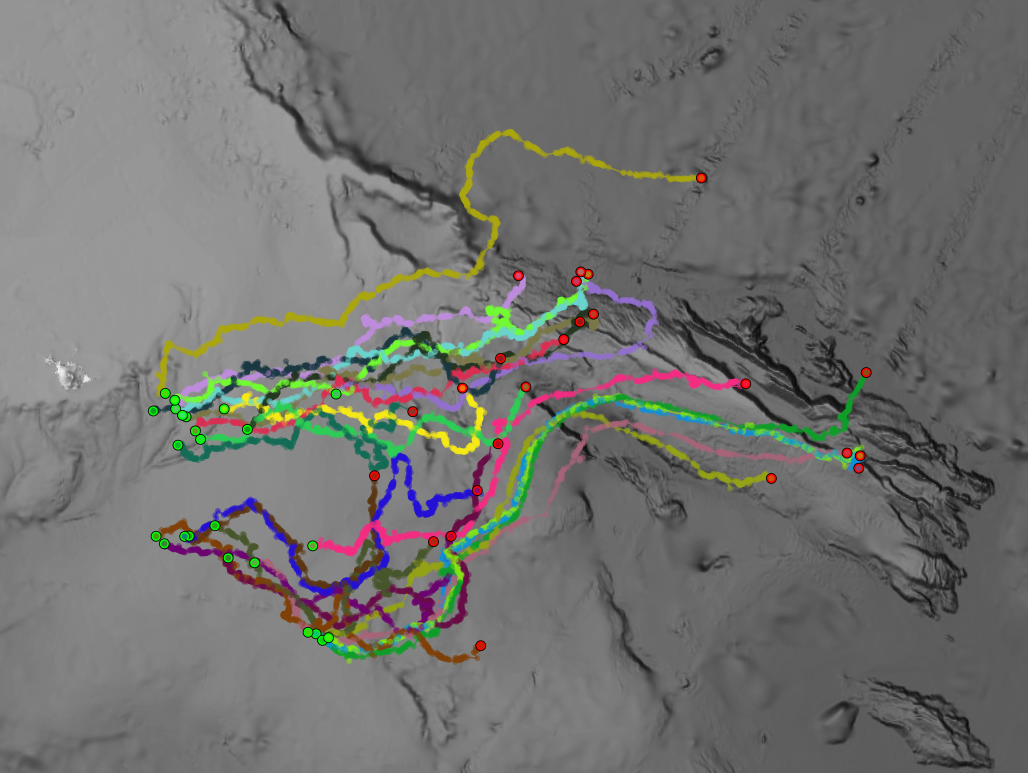Elasmobranch
Type of resources
Topics
Keywords
Contact for the resource
Provided by
Years
-

This record provides an overview of the scope and research output of NESP Marine Biodiversity Hub Project A11 - "Shark action plan". No datasets were generated by this project. -------------------- Conservation of elasmobranch species (sharks and rays) is an increasing priority globally, including Australia, as evidence of overexploitation of some species becomes apparent. Common issues and threats among elasmobranch species may improve management if considered holistically. This project will produce a Shark Action Plan assessing requirements for improved management including a summary of current status across the taxa, guidelines for reducing impacts and improving management, and identification of key knowledge gaps impeding conservation and management. This Plan will help guide policy for Australian elasmobranchs developed by DoEE and fishery managers. On-ground conservation will be developed from recommendations in this plan. Outputs • Shark Action Plan relevant to management of Australian elasmobranchs including an assessment of current threats, prioritised conservation and management actions for at-risk species and guidance on future management and data needs [written] • Manuscripts for scientific journals outlining the results of project components (eg, Conservation Dependent species framework) [written]
-

This record provides an overview of the scope and research output of NESP Marine Biodiversity Hub Project A6 - "Prioritisation of research and management needs for Australian elasmobranch species". For specific data outputs from this project, please see child records associated with this metadata. -------------------- NERP successfully demonstrated new ways to get the raw ingredients for evidence-based management of previously intractable species: abundance, survival, connectivity. But there is still a need to explore/demonstrate how management can use these tools (e.g. adaptive control of bycatch, or deciding if more monitoring is needed), and which species are suitable. This project comprises (i) a workshop to re-assess Australian shark and ray species in terms of degree-of-concern, state-of-knowledge-for-management, and feasibility-of-filling-knowledge-gaps; and (ii) a desk study exemplifying one pathway to management use. In 2016, we will work with DoE to prioritize species for research and explore more management pathways. Planned Outputs • A report outlining workshop findings, recommendations relative to data gaps and effective research approaches to address these gaps. • A paper demonstrating how management can use new methods to examine adaptive monitoring of bycatch to assess impact • Presentation of results to key stakeholders and end users
-

Time series dataset of depth and activity recorded by miniPAT (Wildlife computers) popup satellite archival tags deployed on Kerguelen sandpaper skates (Bathyraja irrasa, n=24) caught in the Patagonian toothfish longline fishery in Heard Island and McDonald Islands. Tags were deployed to assess the post-release survival of skates in the fishery.
 IMAS Metadata Catalogue
IMAS Metadata Catalogue